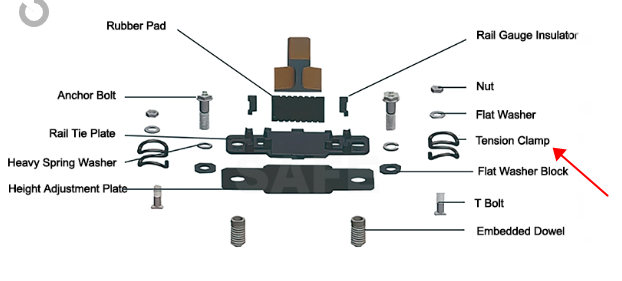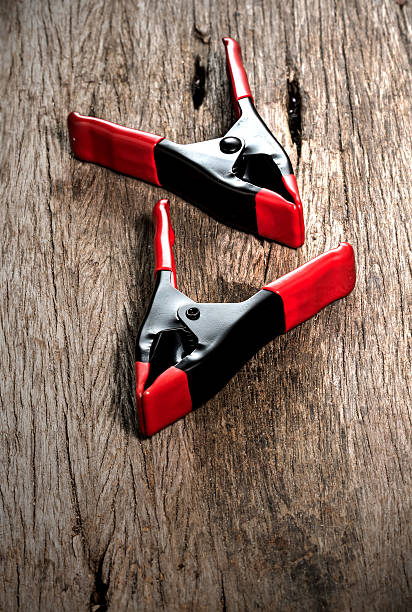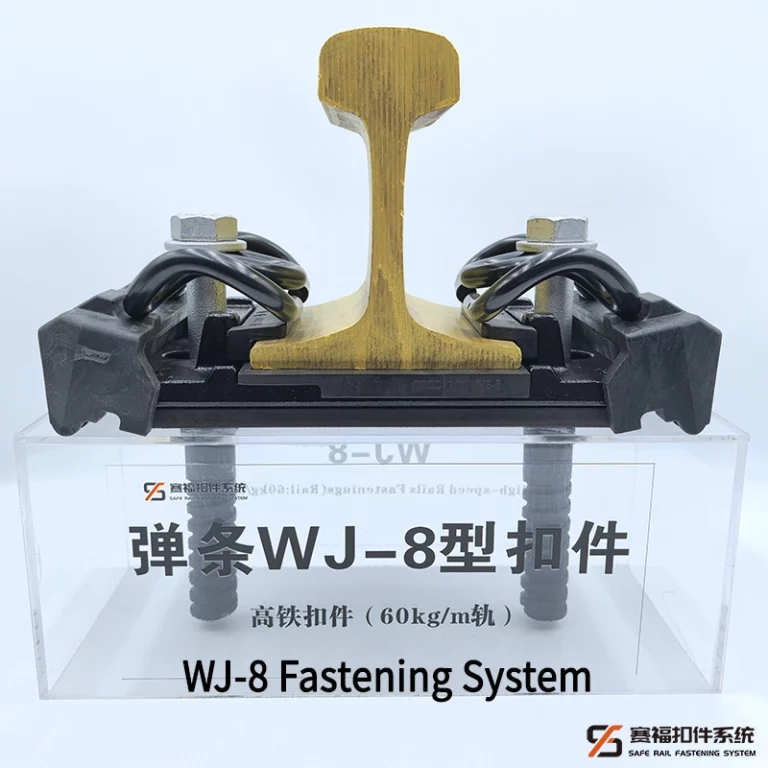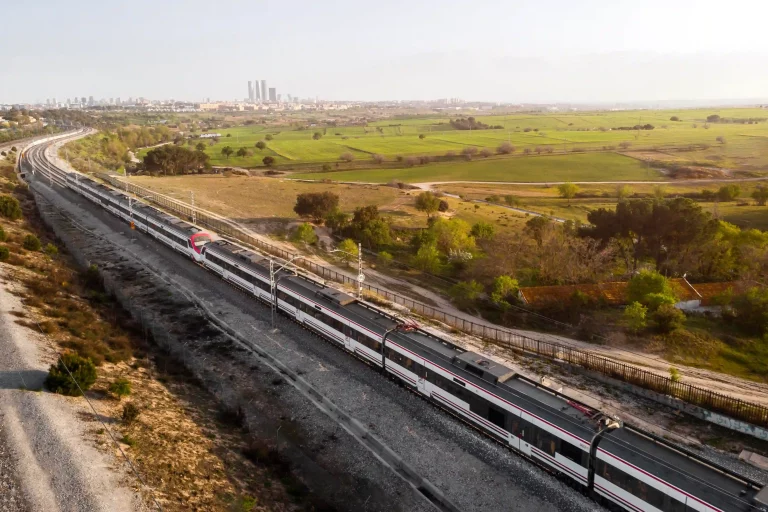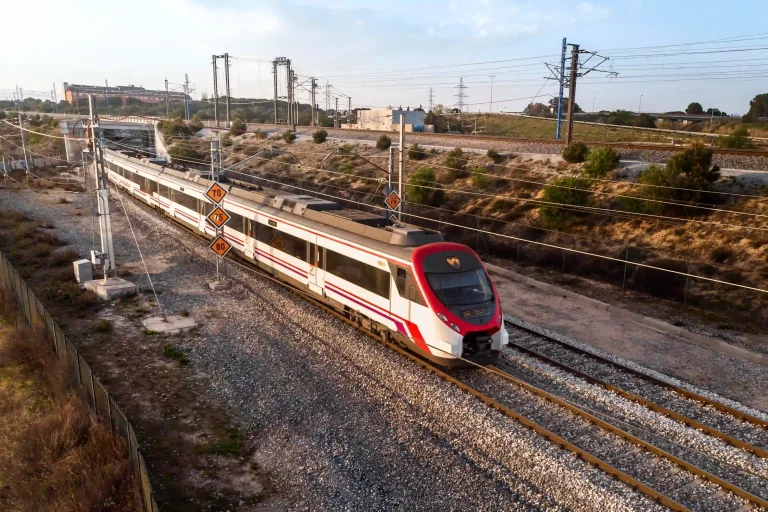In industries, spring clamps and tension clamps are valued for their ability to securely hold objects, in place. Understanding the properties of the materials they are made of and their performance in scenarios is key when selecting the clamp, for particular requirements. This article offers a comparison of spring clamps and tension clamps focusing on their durability and lifespan.
Overview of Spring Clamps and Tension Clamps
Basic Definitions and Functionality
Spring clamps are designed with a spring mechanism that allows them to open and close rapidly making them ideal, for fixes or situations requiring adjustments. Typically these clamps feature two arms that come together when you compress the clamp exerting pressure to secure items in position. In contrast, tension clamps operate differently by utilizing a tightening system to apply pressure on the materials being connected. Tension clamps are frequently employed for tasks that demand a grip, over prolonged durations.
Historical Development and Popular Usage in Various Industries
Spring clamps have been widely utilized in woodworking and automotive industries over the years, for their versatility and ease of use. They are essential for tasks like bonding, smoothing, and joining metals as they make setup and adjustments easier. On the other hand, tension clamps play a role in tasks that require strong gripping power, such as plumbing, electrical work, and structural projects. Their ability to maintain tension makes them popular choices, in manufacturing environments in sectors where safety and reliability are paramount.
Material Composition and Durability
Spring Clamps: Common Materials Used
Spring clamps are usually made from materials such, as plastic, stainless steel, and aluminum.
Stainless Steel Variants
The stainless steel variants are particularly popular for their corrosion resistance and durability. Stainless steel spring clamps can withstand harsh environments, making them suitable for outdoor uses or in facilities where exposure to moisture or chemicals is common.
Aluminum Alternatives
Aluminum spring clamps offer a lightweight option that can still provide substantial holding power. While they may not be as robust as stainless steel clamps, their resistance to rust and ease of handling makes them an attractive choice for many users.
Tension Clamps (Worm Gear): Common Materials Used
Tension clamps, especially those using worm gear mechanisms, are often constructed from high-grade stainless steel.
High-Grade Stainless Steel
The high-grade stainless steel used in tension clamps provides excellent tensile strength and resistance to temperature fluctuations, ensuring a long lifespan even in challenging conditions. Thus, it is common to see them employed in environments with high humidity or heavy exposure to chemicals.
Performance Under Different Conditions
Temperature Resistance
Effects of Environmental Extremes on Both Clamp Types
Environmental extremes, including both heat and cold, can adversely affect the performance of clamps. For instance, spring clamps may become less effective in frigid conditions where plastic components can become brittle. In contrast, tension clamps generally are designed to endure such extremes without losing their clamping force.
Corrosion and Rust Resistance
Comparative Analysis of Rust Resistance Between Clamps
Corrosion and rust resistance play significant roles in the lifespan of both types of clamps. Stainless steel spring clamps provide solid protection against rust due to their material composition. Meanwhile, tension clamps made from high-grade stainless steel naturally offer superior rust resistance, making them the preferred choice for environments prone to moisture exposure and potential corrosion. Users demanding longevity and reliability often gravitate toward these materials, especially when the applications are critical.
In conclusion, while both clamp types have their advantages and limitations, the choice largely depends on specific applications, conditions of use, and desired longevity. For professionals seeking reliable solutions for various clamping needs, considering the unique features of spring clamps and tension clamps will ensure that the right choice is made for each unique project.
SAFE Rail Fastening System is an established brand that excels in providing high-quality clamping solutions tailored to the demands of modern industries, ensuring longevity and performance to meet user expectations.
Installation and Maintenance Factors
Ease of Installation
When evaluating the ease of installation for spring clamps and tension clamps, it’s essential to consider the mechanical simplicity inherent in each design. Spring clamps can often be quickly operated with one hand, allowing users to attach and release objects in various settings easily. Their unique design enables rapid adjustment and repositioning, which can enhance efficiency in tasks that require frequent changes. In contrast, the installation process for tension clamps generally involves a more systematic tightening procedure, which may require additional tools for optimal results. This technique often provides a more secure and rugged hold, making it a favored choice in permanent applications where stability is key.
Maintenance Requirements Over Time
Longevity Post Reinst
Over time, both sallationpring and tension clamps might require routine inspection to ensure they remain in optimal working order. For spring clamps, their longevity heavily depends on material quality and the frequency of use; they may exhibit wear and tear at their spring mechanism if repeatedly stressed beyond their design limits. Tension clamps, meanwhile, often maintain their integrity better post-reinstallation, thanks to their robust construction. With the capability of repeated tensions without loss of clamping power, tension clamps can serve users over extended periods even after being disassembled and reassembled.
Constant Tension Mechanisms
How Spring Clamps Maintain Constant Tension
Spring clamps are designed to provide a significant degree of constant tension through their spring-loaded mechanisms. The inherent design allows the clamp to apply a consistent force against the materials being held, irrespective of the user’s grip strength. This feature ensures that items remain tightly held during activities such as sanding or gluing, where shifting can interrupt workflow. However, the effectiveness of this constant tension diminishes if the clamp is subjected to extreme conditions, potentially impacting its overall performance and lifespan.
Continuous Tension Provided by Worm Gear Clamps
Worm gear clamps are recognized for their capacity to sustain tension a trait, in high-stress environments. They operate through a screw mechanism that allows users to regulate pressure to secure items in conditions. This design is effective in preventing problems such as loosening due, to vibrations or temperature fluctuations in industries prioritizing equipment reliability. As a result worm gear clamps not only maintain lasting tension but also perform exceptionally well in demanding scenarios.
Both spring clamps and tension clamps offer advantages based on their design and application. Understanding the intricacies of their installation, upkeep, and performance can significantly influence their efficiency in fields. Opting for brands, like the SAFE Rail Fastening System can enhance user experience by offering tailored solutions, for clamping needs.
User Preferences and Applications
Applications Favoring Tension (Worm Gear) Clamps
Tension clamps, with worm gear mechanisms, are frequently employed in industries requiring long-lasting fastenings under pressure. They find use in plumbing, electrical work, and structural support applications. Their precise tightening capability helps maintain the connection of materials in demanding environments or when subjected to vibrations. For instance, in plumbing systems tension clamps play a role, in preventing leaks by maintaining pressure to uphold the integrity of the system.
These clamps work well in the heavy machinery industry, where having a clamping system is crucial. Their design helps prevent loosening, due to vibrations in these sectors enhancing safety and efficiency. Many experts prefer tension clamps for usage and high-holding capacity needs. Overall tension clamps are a choice for applications that require performance, over extended periods.



